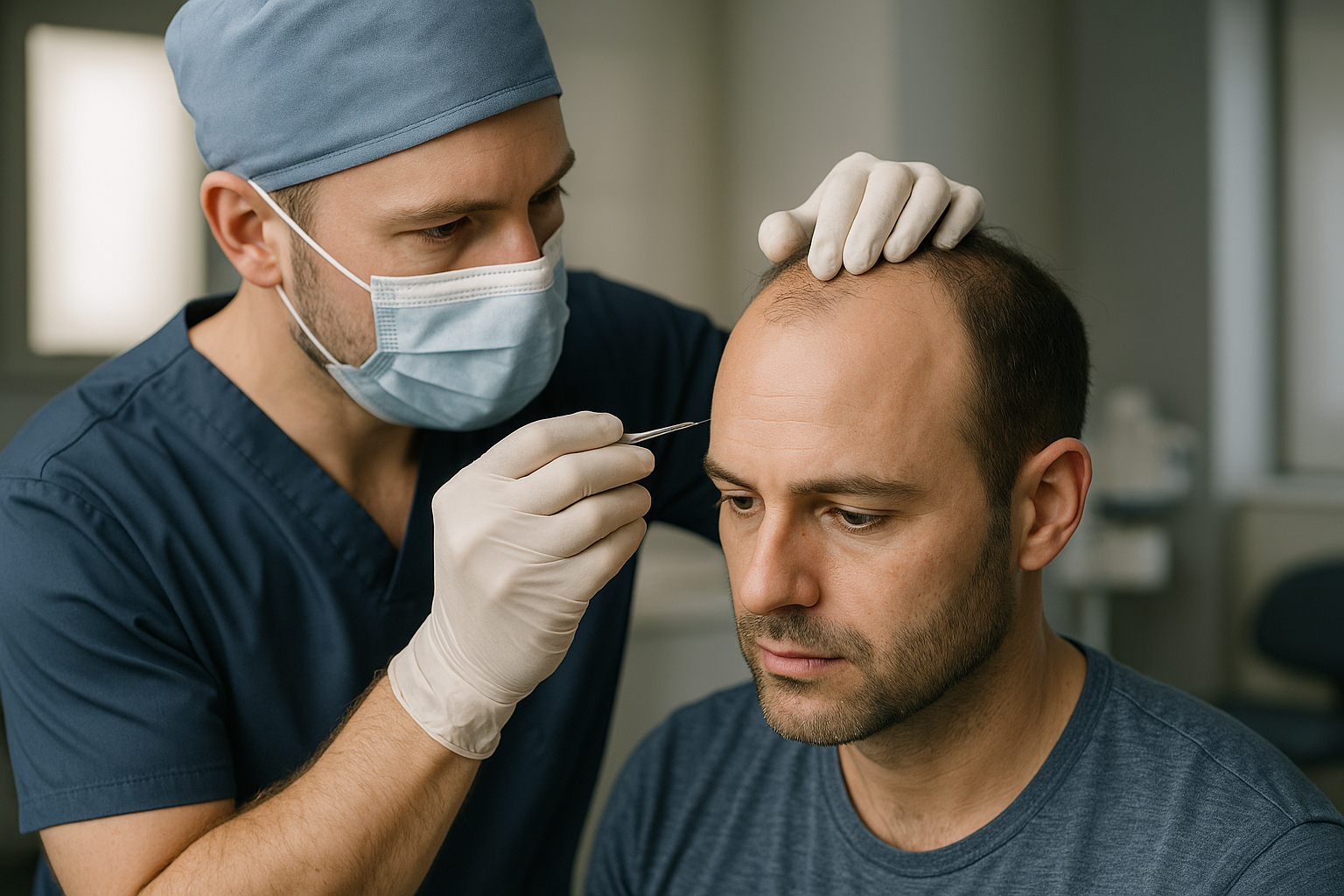Exploring Breast Lift: Understanding Options And Outcomes
A breast lift, medically known as mastopexy, is a surgical procedure designed to raise and reshape sagging breasts by removing excess skin and tightening surrounding tissue. This cosmetic surgery addresses changes that occur due to aging, pregnancy, breastfeeding, weight fluctuations, or genetics, helping restore a more youthful breast contour and position.

Many women consider breast lift surgery when they notice changes in their breast shape and position over time. Understanding the various aspects of this procedure, from different surgical techniques to potential outcomes and associated risks, helps individuals make informed decisions about their cosmetic surgery journey.
What Are the Different Types of Breast Lift Procedures?
Breast lift procedures vary based on the degree of lifting required and the amount of excess skin to be removed. The crescent lift involves a small incision along the upper half of the areola and is suitable for minimal sagging. The periareolar or donut lift uses a circular incision around the areola, addressing mild to moderate sagging while minimizing visible scarring.
For more significant lifting needs, the vertical or lollipop lift combines a circular incision around the areola with a vertical incision extending down to the breast crease. The anchor or inverted-T lift, the most comprehensive option, includes all previous incisions plus a horizontal incision along the breast crease, making it ideal for severe sagging and substantial reshaping.
Understanding Before and After Transformations
Breast lift transformations typically show dramatic improvements in breast position, shape, and overall contour. Before surgery, patients often present with breasts that have descended below the natural breast crease, with nipples pointing downward and stretched areolas. The breast tissue may appear deflated or have lost volume in the upper portion.
After healing, results demonstrate breasts positioned higher on the chest wall with nipples pointing forward or slightly upward. The areolas return to a more proportionate size, and the overall breast shape appears fuller and more youthful. While individual results vary based on skin elasticity, age, and surgical technique, most patients experience significant improvement in breast projection and symmetry.
Important Risks and Considerations for Breast Lift Surgery
Like any surgical procedure, breast lifts carry potential risks and complications that patients must carefully consider. Common risks include bleeding, infection, adverse reactions to anesthesia, and changes in nipple or breast sensation. Some patients may experience asymmetry, scarring that heals poorly, or dissatisfaction with the aesthetic outcome.
Long-term considerations include the possibility of future sagging due to natural aging, weight changes, or pregnancy. The procedure may also affect breastfeeding ability, though many women can still nurse successfully after surgery. Patients should maintain realistic expectations and understand that while scars fade over time, they remain permanently visible.
| Procedure Type | Average Cost Range | Recovery Time | Scarring Level |
|---|---|---|---|
| Crescent Lift | $3,000 - $5,000 | 1-2 weeks | Minimal |
| Periareolar Lift | $4,000 - $7,000 | 2-3 weeks | Low |
| Vertical Lift | $6,000 - $10,000 | 3-4 weeks | Moderate |
| Anchor Lift | $8,000 - $12,000 | 4-6 weeks | Significant |
Prices, rates, or cost estimates mentioned in this article are based on the latest available information but may change over time. Independent research is advised before making financial decisions.
Recovery and Healing Process
The recovery timeline varies depending on the extent of surgery and individual healing factors. Initial healing occurs within the first two weeks, during which patients wear a surgical bra and avoid strenuous activities. Swelling and bruising gradually subside, and most people return to work within one to two weeks for desk jobs.
Full recovery typically takes six to eight weeks, with final results becoming apparent after several months once all swelling resolves and scars mature. Following post-operative instructions, attending follow-up appointments, and maintaining a stable weight contribute to optimal healing and long-lasting results.
Choosing the Right Surgeon and Facility
Selecting a qualified plastic surgeon certified by the American Board of Plastic Surgery is crucial for safe and successful outcomes. Research potential surgeons’ credentials, experience with breast lift procedures, and before-and-after photo galleries. Schedule consultations with multiple surgeons to discuss goals, expectations, and surgical approaches.
Consider the surgical facility’s accreditation and safety standards. Accredited surgical centers maintain strict protocols for equipment, staffing, and emergency procedures. Ask about the surgeon’s complication rates and revision policies to ensure comprehensive care throughout the entire process.
Breast lift surgery offers significant benefits for women seeking to restore youthful breast contours and improve their confidence. By understanding the various surgical options, realistic expectations for results, and potential risks involved, patients can make well-informed decisions about whether this procedure aligns with their aesthetic goals and lifestyle considerations.
This article is for informational purposes only and should not be considered medical advice. Please consult a qualified healthcare professional for personalized guidance and treatment.




